What is the proper way to fuel a boat?
18 Steps for fueling a boat safely
Secure boat to the dock.

Switch off engine(s).
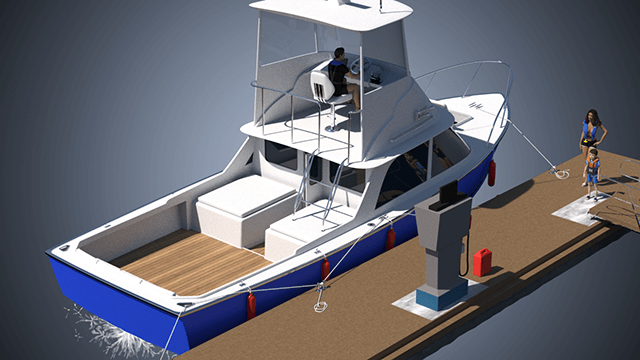
Extinguish all open flames.

Do not use electrical switches.
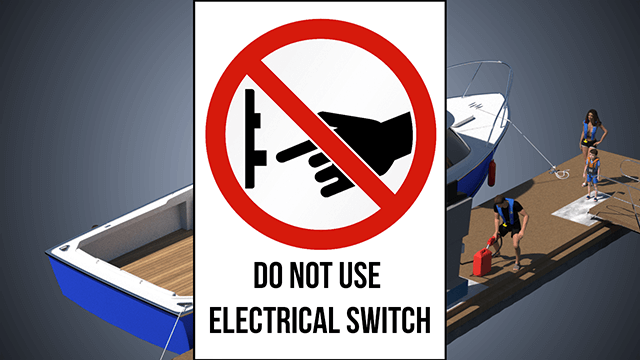
No smoking.
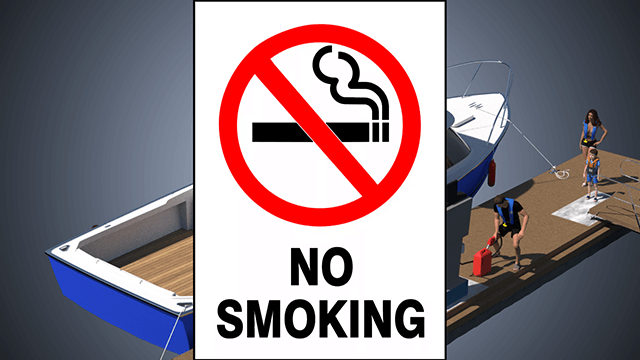
Close ports, hatches, and doors.
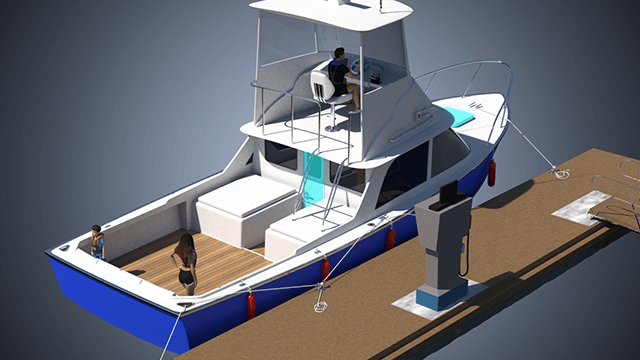
Portable tanks should be refueled ashore.

Make certain all passengers are ashore.

Determine quantity of fuel required.
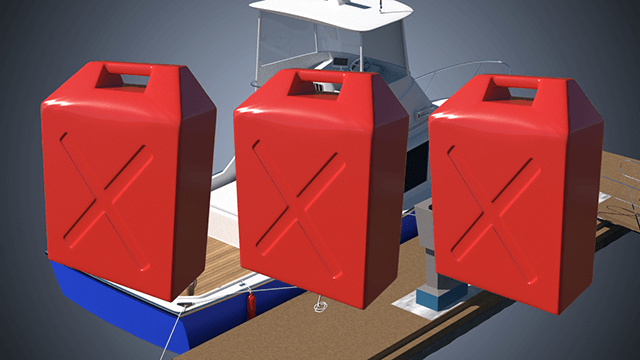
Hold hose nozzle firmly against fill pipe opening.
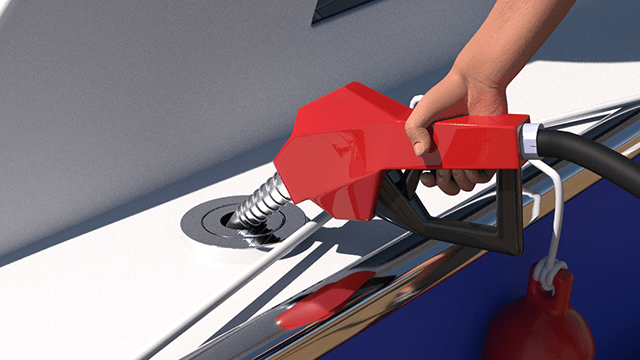
Do not overfill. Prevent fuel from falling into the water during fueling. This can harm the marine environment.
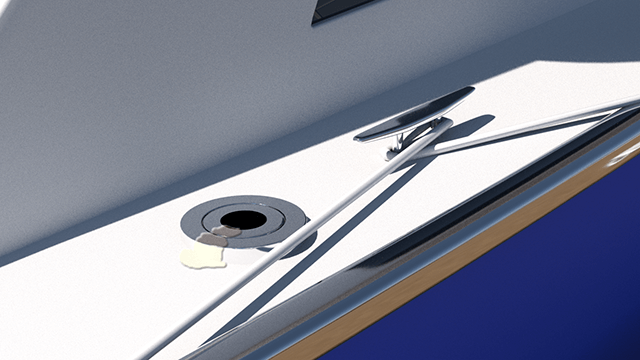
Wipe up all spillage.
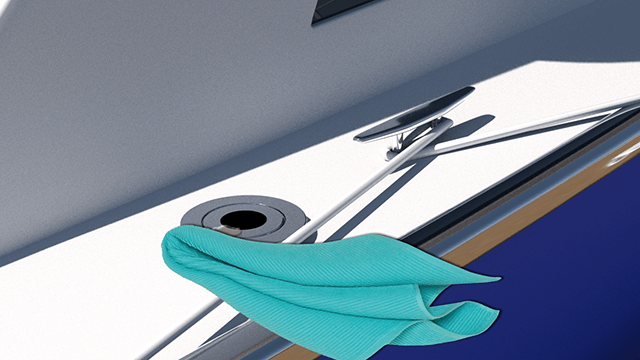
Open ports, hatches, and doors to ventilate.
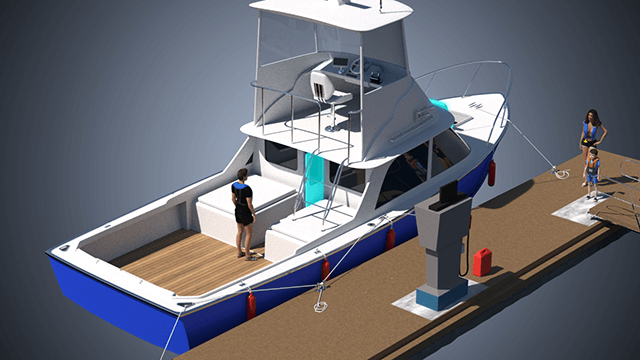
Turn blower on for four minutes minimum.
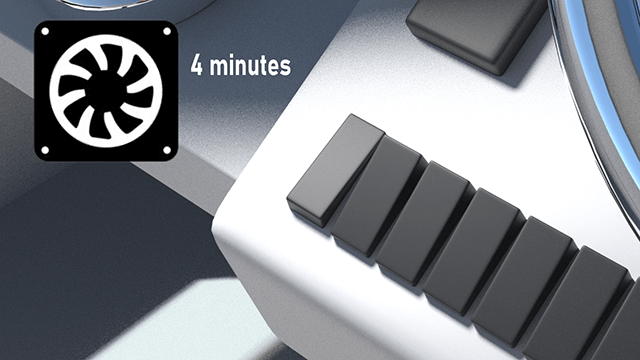
Do the sniff test. Check for fuel fumes in the engine and fuel tank compartment.

Start engines(s).

Re-board passengers.
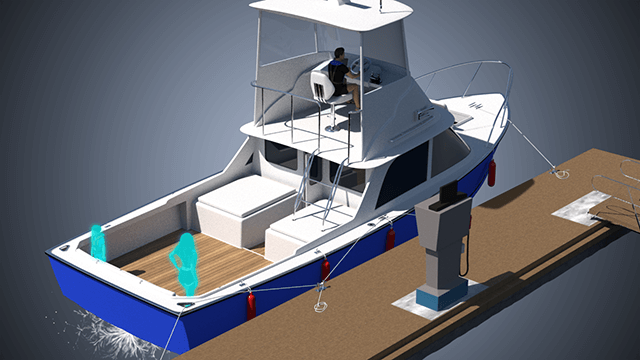
Untie from dock and cast off.
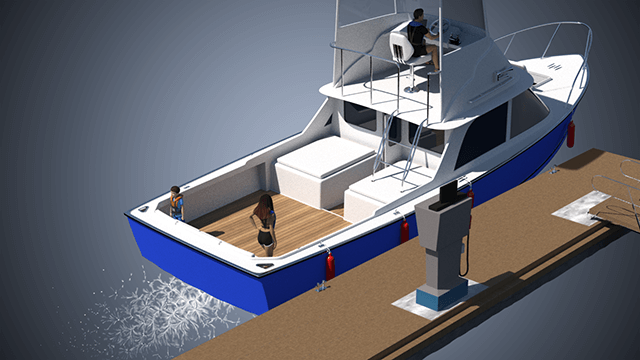
Proper fueling procedures are very important in preventing onboard fires. Gasoline vapors are heavier than air and can spread rapidly into enclosed spaces and can cause explosions. By following the safe fueling precautions below, the probability of explosion can be greatly reduced. Gasoline fumes are most likely to accumulate in the bilge. The sniff test is the most effective method for detecting fuel leaks.
Tip: Always use the 'one-third rule': one-third of your fuel to get out, one-third to get back, and one-third in reserve.
Protecting the Environment
It is not uncommon to see a small fuel sheen on the water surface near boats. Although it may only be a tiny amount from some boats, the cumulative impacts can be damaging to marine life. Once in the marine environment, oils and fuels have a tendency to accumulate in bottom sediments and concentrate in marine organisms. These harmful substances commonly enter the marine environment through bilge pumping or fueling. Don't add to the problem by overfilling your tanks.